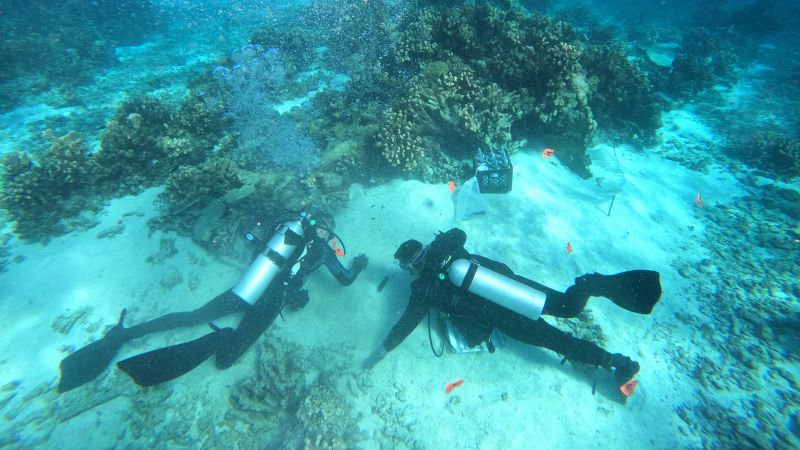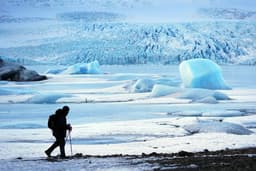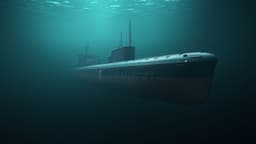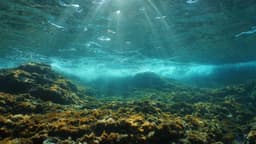Home / Science / Underwater DNA Hunt Aims to Locate Missing WWII Troops
Underwater DNA Hunt Aims to Locate Missing WWII Troops
10 Nov
Summary
- Scientists test eDNA to detect decades-old human DNA at WWII wreck sites
- Pilot project investigates 12 wrecks in 3 underwater environments
- Findings offer hope but also raise new puzzles about DNA preservation

In 2025, scientists are conducting a cutting-edge endeavor to understand whether traces of decades-old DNA can be preserved and detected at underwater wreck sites from World War II. The pilot project, led by researchers from the Woods Hole Oceanographic Institution, is investigating 12 wrecks in three very different underwater environments: the western Pacific Ocean off Saipan, Lake Huron, and the Italian Mediterranean.
The researchers are testing innovative technology that uses environmental DNA, or eDNA, found in soil, sediment, and water as a biological scouting mechanism. If successful, the method could help locate the remains of missing service members, including the two crew members presumed lost when a Grumman TBF Avenger warplane crashed in Saipan's harbor during the 1944 Battle of Saipan.
Initial results from the analysis of the samples collected from the wreck sites have offered a glimmer of hope, with the researchers able to detect and differentiate between contemporary human DNA and older sequences. However, the findings have also ignited some new and puzzling questions, as the team grapples with unexpected patterns in the data.




